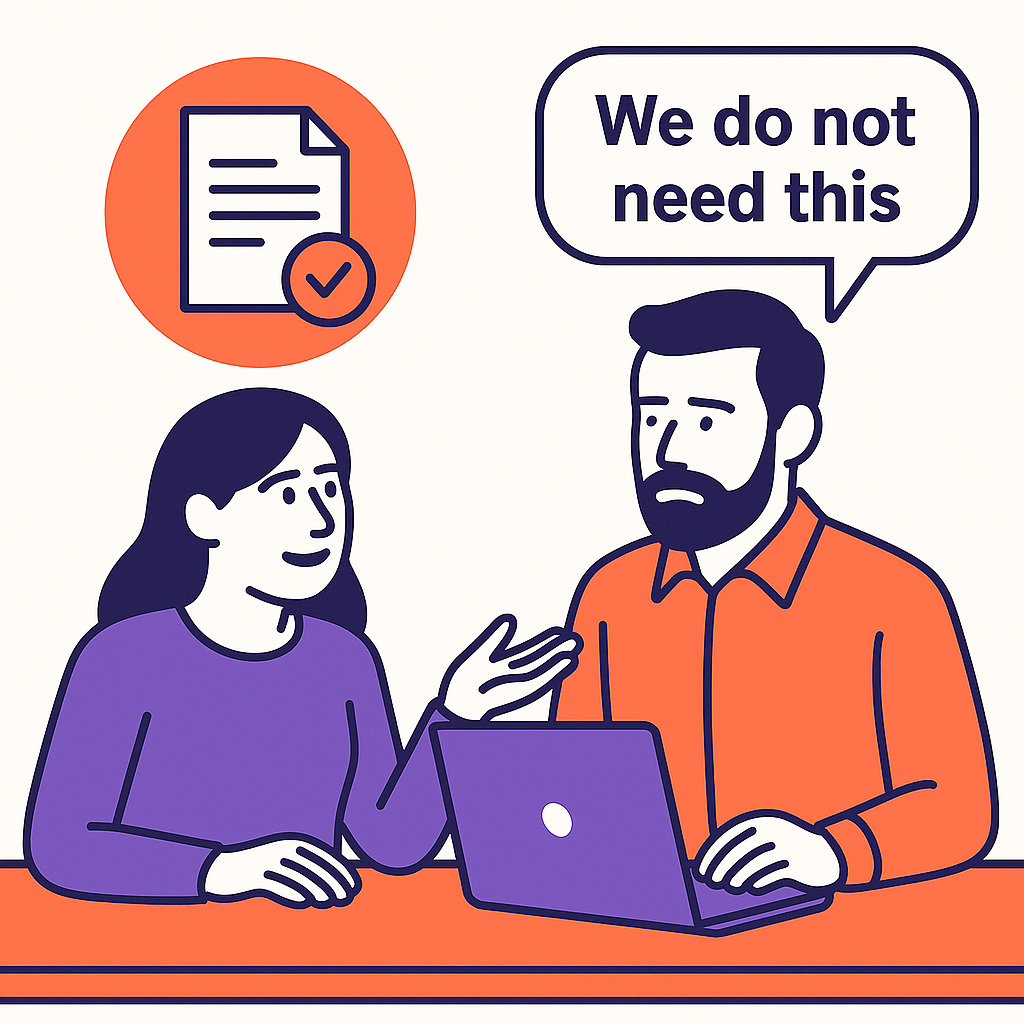

15 B2B Sales Closing Techniques Every Closer Should Know
If you want to sharpen your B2B sales closing techniques, you are not alone. Roughly 36% of salespeople highlight closing as the toughest part of the process. In Web3 business-to-business deals, you often face longer sales cycles, multiple stakeholders, and objections rooted in budgets or authority. The good news is that the right approach can simplify things and open the door to valuable, ongoing partnerships.
Review why closing matters
Closing is where you secure a commitment and build the core relationship. Your product might solve a major problem for a prospect, but they will not benefit if the conversation stalls at the final hurdle. Studies show that when a buyer’s objection is fully addressed, deal success rises by 30%. This is where your skill in handling questions, clarifying value, and projecting confidence pays off.

Explore 15 closing methods
1. The assumptive close
You take the lead by speaking as though the deal is practically finished. For example, you might ask, “Which payment option do you prefer?” This approach works best when you have built trust and sense the prospect is nearly ready to say yes.
2. The puppy dog close
Offer a free trial or limited experience period so the prospect can see how well your solution fits. By the time the trial ends, they might not want to give it up. This is especially powerful with software or tech services that show immediate results.

3. The sharp-angle question
When your lead raises an objection, respond with a direct, clarifying question that tests their true concern. If they say, “We need a discount,” you can ask, “If we could reduce the cost by 5%, would you be ready to move forward today?” This technique pinpoints whether price is truly the last barrier.
4. The scale close
Ask your prospect to rate their readiness to buy on a scale of 1 to 10. If they say “7,” follow up with “What is missing that could raise it to a 9 or 10?” You will uncover hidden objections and have a chance to resolve them.
5. The sense of urgency close
When your offer has a real time limit or limited capacity, let prospects know so they can commit sooner. This can be a special discount or a calendar-based incentive. Just be sure any scarcity you mention is genuine. Otherwise, you risk undermining trust.

6. The alternative choice close
Offer two appealing options to guide them toward a decision. “Would you prefer the monthly package or an annual subscription?” This technique puts the focus on which choice they want, rather than whether they want to buy at all.
7. The professional suggestion
Take on the role of an industry expert who suggests the best path for the client. You might say, “Based on your current system, I suggest our standard plan, because it aligns with your workflow.” This combines authority with empathy toward their goals.
8. Budget justification
Budget issues often surface in B2B, particularly in industries like manufacturing and software. Show how your solution can deliver clear return on investment. If you can tie your offering to saved time, enhanced output, or reduced risk, you will justify the cost.
9. Overcoming “no need”
Sometimes your prospect states, “We do not think we need this.” First, confirm whether they truly have no pain point or just do not understand the value. Use relevant use cases or success stories to illustrate how you tackle problems they might not even realize they have.

10. The timing approach
B2B organizations often say, “Not right now,” especially when they are juggling numerous projects. Emphasize why solving their pain point sooner creates immediate gains. If they wait, the cost of inaction, in terms of lost efficiency or higher expenses, can grow.
11. Multi-stakeholder alignment
In B2B deals, buyers often need approval from multiple people. Identify all key influencers and tailor your pitch to each one’s priorities. When you equip your champion with compelling resources to share with their colleagues, you keep momentum alive.
12. Building trust
If a prospect says, “We have never heard of you,” turn that doubt into an open conversation. Show them relevant case studies or let them speak with a happy client. Trust can make or break a deal. Proving your credibility is often the final nudge they need.

13. Leverage your insider
If someone within the prospect’s organization believes in your solution, empower them. That internal advocate can present your ideas in top-level meetings or share insights about specific objections. Their influence sculpts an internal consensus in your favor.
14. The final objection check
Before you ask for a signature, ask, “Is there anything else stopping us from moving forward?” If there is a last-minute hesitation, you can address it. If not, you have a clear path to close the deal with mutual confidence.
15. The recap close
Sum up their situation and confirm the benefits: “You are looking to expand in six months, and our solution will help you scale securely.” This shows you understand their needs. By repeating the core advantages, you reinforce why your product is a perfect fit.

Take your next step
Mastering these B2B sales closing techniques can transform how you land and keep client partnerships, especially in evolving Web3 markets. Now is a great time to put them into action. Pick one or two approaches that fit your style, practice them on real leads, and track any positive shifts in responses or conversions.
If your Web3 sales need a boost, let’s talk. We will show you how to attract ideal clients and scale your brand automatically. When you close deals with confidence and clarity, you open the door to stronger, longer-term growth. Good luck and happy closing.
Get 7 times more prospects than the average competitor




